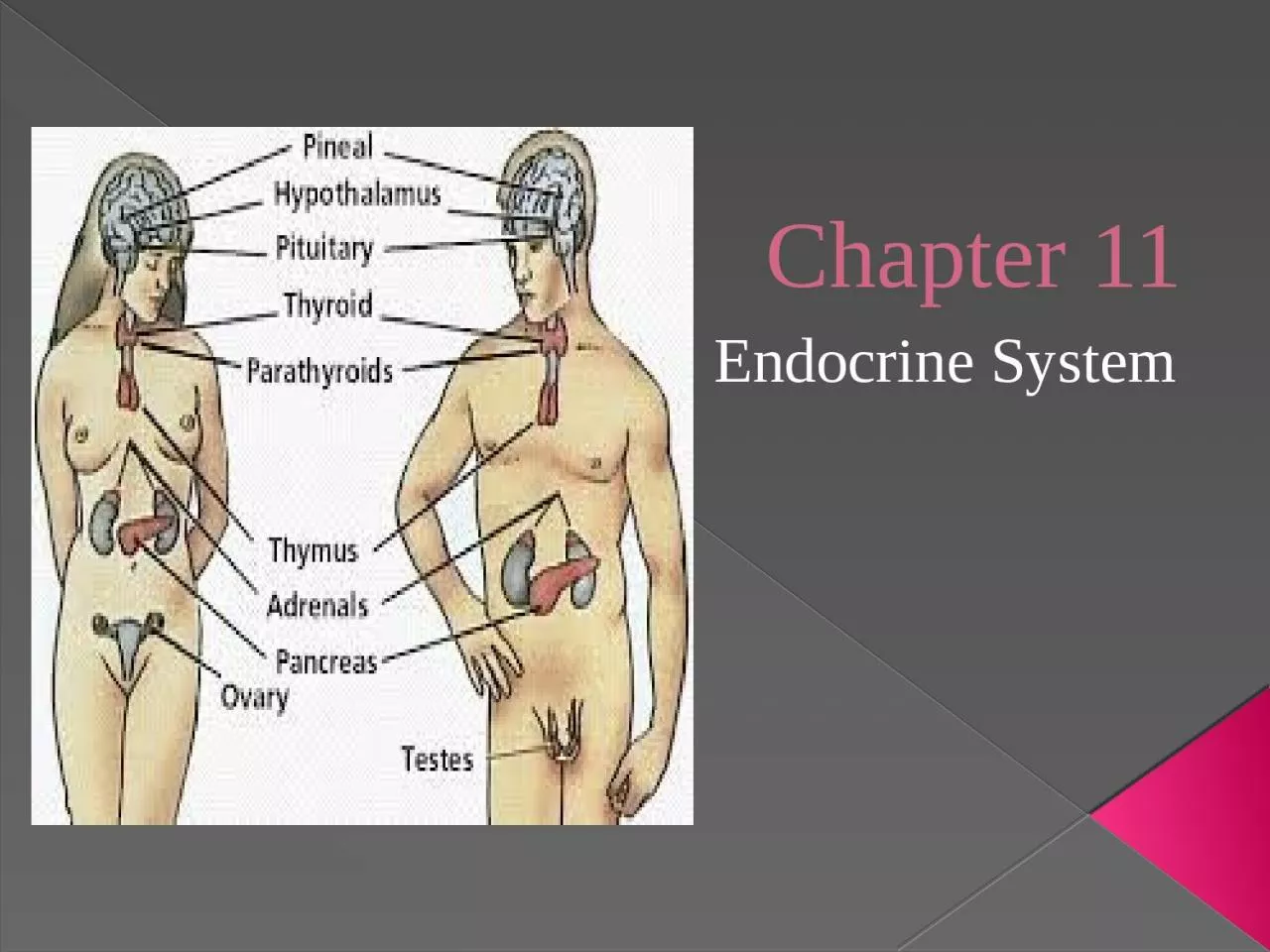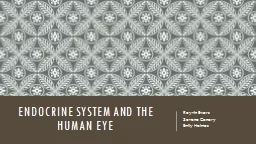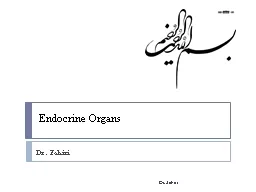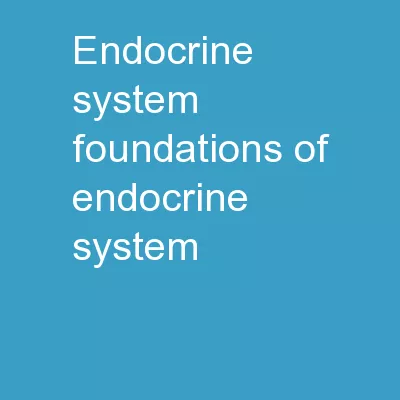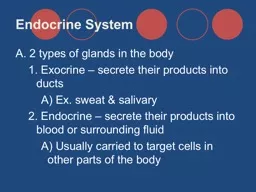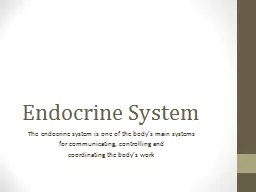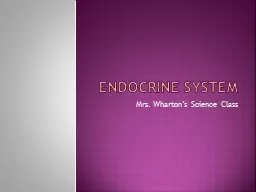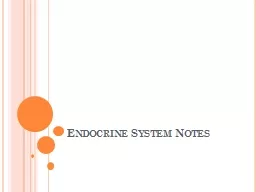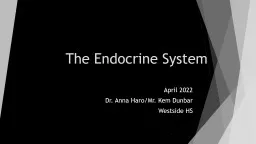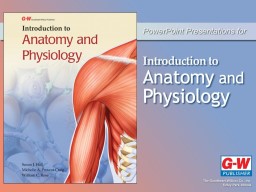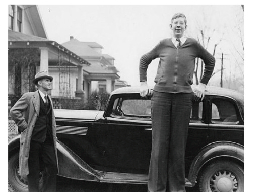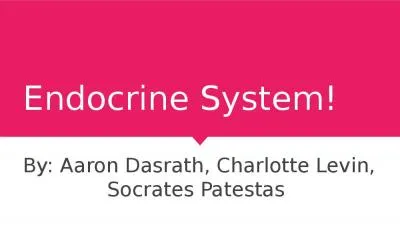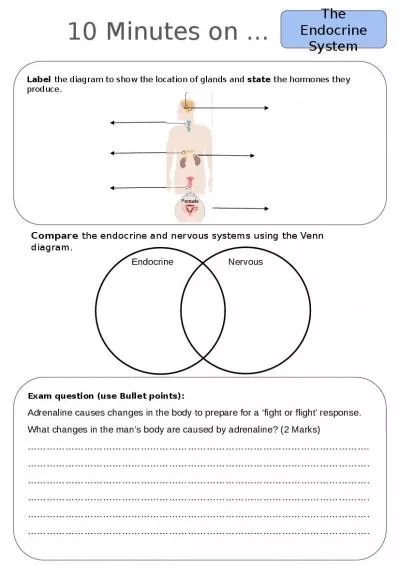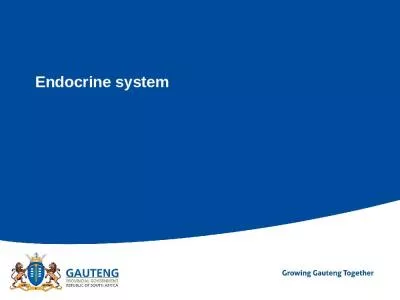PPT-Chapter 11 Endocrine System
Author : jasmine | Published Date : 2024-03-13
Function of the Endocrine System Coordinate and integrate functions to maintain homeostasis Hormones are released into the bloodstream and eventually act on cells
Presentation Embed Code
Download Presentation
Download Presentation The PPT/PDF document "Chapter 11 Endocrine System" is the property of its rightful owner. Permission is granted to download and print the materials on this website for personal, non-commercial use only, and to display it on your personal computer provided you do not modify the materials and that you retain all copyright notices contained in the materials. By downloading content from our website, you accept the terms of this agreement.
Chapter 11 Endocrine System: Transcript
Download Rules Of Document
"Chapter 11 Endocrine System"The content belongs to its owner. You may download and print it for personal use, without modification, and keep all copyright notices. By downloading, you agree to these terms.
Related Documents

